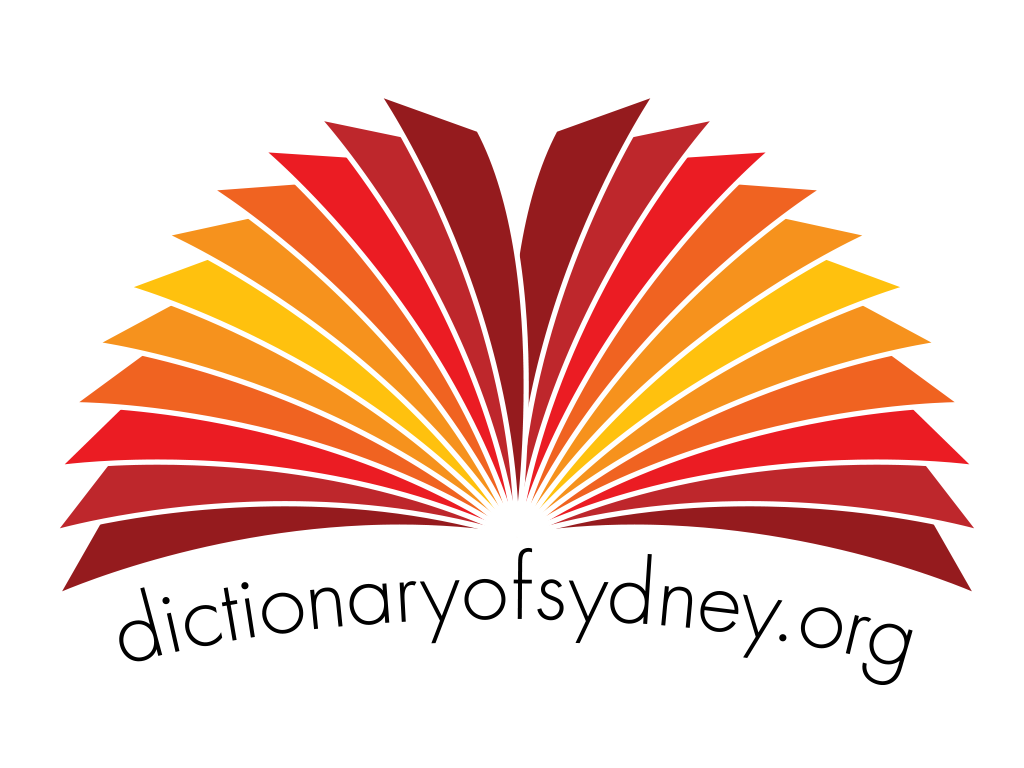The Dictionary of Sydney was archived in 2021.
Search
Sumner Locke Elliott
Sumner Locke Elliott, actor, playwright and novelist, lived in Sydney until 1948 and thereafter in the United States. In the 1960s after a successful career as a playwright he decided to reinvent himself as a novelist and of his ten novels five are based on his life in Sydney…
Atwool, Josiah
Clerk of works for the Royal Engineers Department, who worked in Sydney between 1838 and 1843, and was presented by his friends with a service of silver plate upon his departure.
Beaver, William
Undertaker who promoted mourning grandeur for the wealthy in Sydney in the 1840s by his use of black draped horses, extravagant coffins and mutes and porters to accompany the hearse.
Forsyth, Robert
Anglican Bishop of South Sydney between 2000-2015. At St Barnabas Anglican Church prior to that he continued the tradition of pithy sayings and responses across Broadway with the Broadway Hotel.
Ward, Fred
Melbourne born furniture and interior designer who was the design consultant for the Reserve Bank of Australia building interiors in the 1960s. He also designed furniture for Admiralty House, Sydney.
Warden, Sidney
Prolific architect who designed many of Sydney's well known pubs for Tooth and Company during the 1920s and 1930s. Throughout his career, he designed or made alterations to 392 hotels.
Biffin, Eliza
Midwife and Theosophist whose daughter Harriett became one of the first women doctors in Sydney, and with her was one of the founders of the Rachel Forster Hospital for Women.
Dawes, William
Officer of marines with the First Fleet, who set up an observatory, explored the Nepean, and became an authority on the Sydney language during his three years in the colony.
Sartor, Frank
Alderman on City of Sydney Council from 1984 to 2003 and Mayor from 1991 to 2003 when he was elected Member for Rockdale in the New South Wales Legislative Assembly.
Scots College
Private school established by Reverend Arthur Aspinall and the Presbyterian Church at Brighton-le-Sands in 1893. It subsequently moved to Bellevue Hill, where it remains one of Sydney's more exclusive schools.
Wilkinson, James
Carpenter and convict who established the first functional flour mill in Sydney in 1793. The mill worked on a treadmill or walking mill model and was operated by his fellow convicts.
Immigration
From its foundation by the First Fleet, Sydney has been populated by immigrants from cultures across the world and remains Australia's most multicultural city.
Hyde Park obelisk
Sewerage vent modeled on Cleopatra's Needle on the banks of the Thames River in London. It was one of the earliest monuments recording the good works of a Sydney mayor.
1801 battery, Obelisk Point
Redoubt built at Obelisk Point near Middle Head in 1801, the first of Sydney's headland harbour batteries. It remained one of the main points of colonial defence until 1839.
First Marrickville Town Hall
The oldest civic building in Marrickville, and one of the oldest surviving town hall buildings in Sydney, Marrickville's first Town Hall was sold to the State government in 1920.
Elizabeth Farm House
House built for John and Elizabeth Macarthur on their estate at Parramatta, and later enlarged into a comfortable country house, which is now a house museum run by Sydney Living Museums.
City Night Refuge and Soup Kitchen
Shelter and soup kitchen established in 1868 at The Judge's House, in Kent Street by a group of businessmen. It was taken over by the Sydney City Mission in 1945.
Geology and geography of the Georges River
There are three main geological layers in the Georges River catchment that can be seen along the river's route through south western Sydney.
Lindsay, Lionel
One of the large Lindsay family of artists and writers, Lionel Lindsay settled in Sydney from 1903, and became a well known art writer as well as a noted watercolourist and printmaker.
St Benedict's Catholic church Broadway
Built in the mid-nineteenth century and containing one of Sydney's most significant church organs, St Benedict's was shortened in the 1930s when George Street West was widened to become Broadway.

